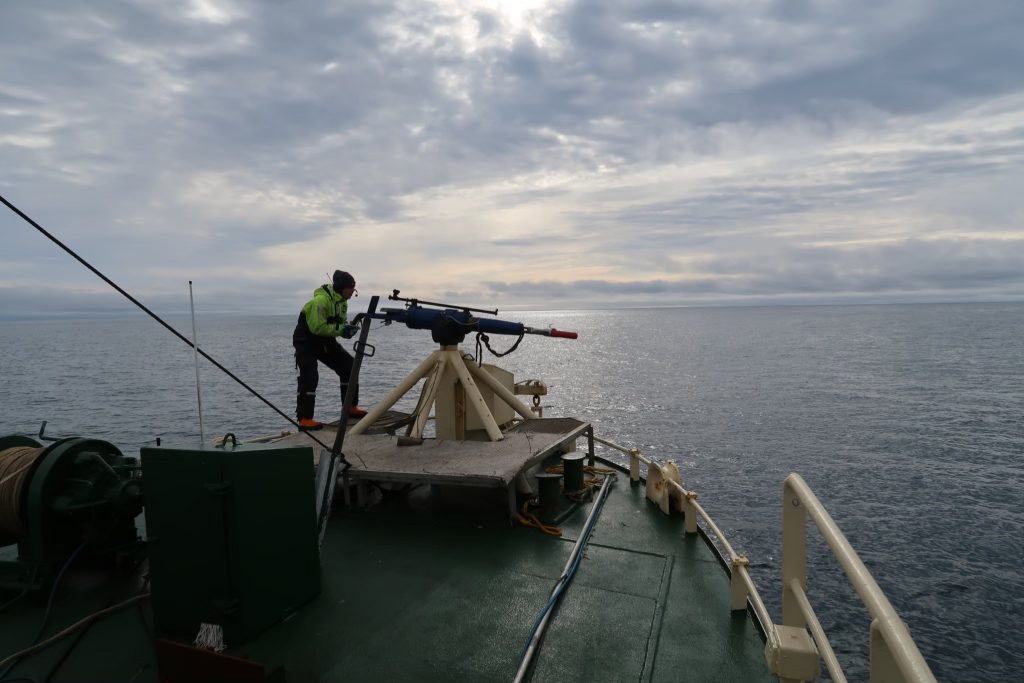~~
(Part 2)
In the second half of this interview, Hirohiko Shimizu, president of Myklebust Japan, the subsidiary of Norway’s largest whaling company, Myklebust Hvalprodukter, opens up about how he became involved and roles he’s played in the business.
As the sustainability of what we eat increasingly becomes an important consideration, we also asked him to share what he has learned about the benefits of whale meat, and the relationship between Japan and whales.
Excerpts follow.
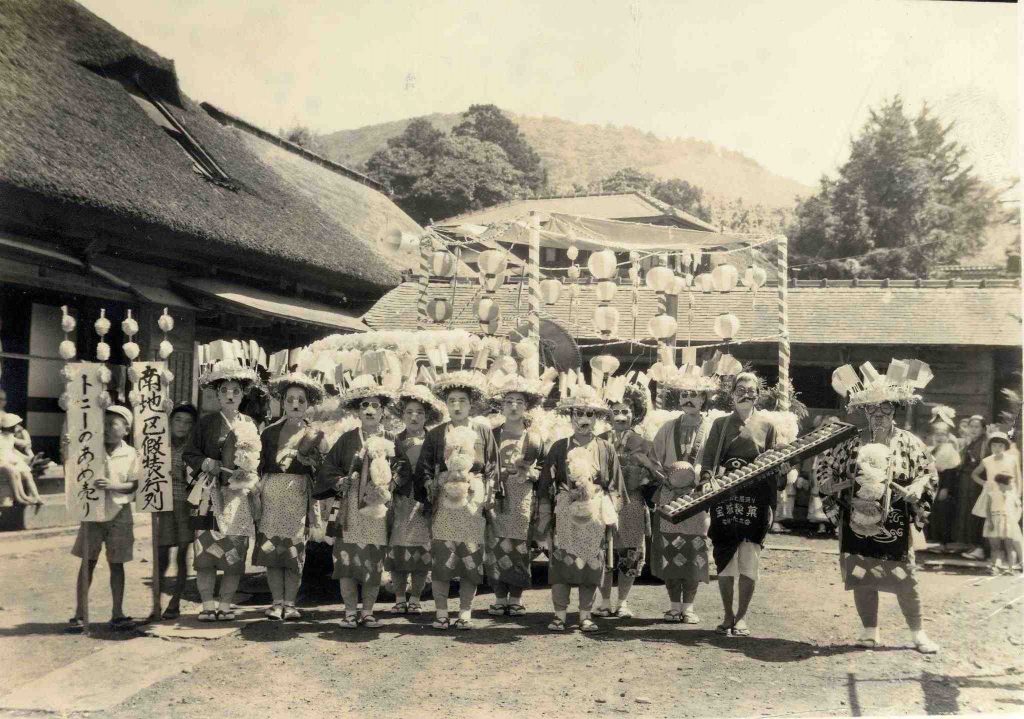
Japan’s Rich Whale Culture
You must have learned so much, attending international conferences, visiting events in whaling cities around the world, in addition to the many opportunities you add to experience Japanese whaling culture here.
I definitely did. The really interesting thing was that I had the opportunity to participate in culinary whale events across the country. In regions where there was a tradition of eating whale meat, long lines would always spring up. For someone like me, who was born in Nagoya, educated in Kagoshima, and working in Tokyo, this was an inspiration. There were places where so many people loved eating whale that they were even willing to wait in line.
There are such a variety of food cultures in Japan! I realized that, even though I had been born and lived for a long time in Japan, I didn’t know anything about my country. Back when I had studied abroad in South Korea and America, whenever someone asked me about Japan, I would feel a keen lack of knowledge, even though I had been born and raised in the country. It felt similar to that. At the same time, I became deeply interested in whales from a cultural perspective.
Mission: Change Public Perceptions About Whaling
How long was your internship at the Whaling Association?
Toward the end of my one-year internship contract, I was fortunate to get a job offer. The message was: “Next year the International Whaling Commission (IWC) will be held at Shimonoseki, so you should join us and help us change public perceptions about whaling.”
So I joined the whaling company Kyodo Senpaku, which had a business relationship with the Whaling Association. Meanwhile, during my time as an intern, I was able to finish writing my graduation thesis and graduate from university.
Promoting the Merits of Whale Meat
What were your responsibilities after you went to work for Kyodo Senpaku?
It was similar to the work I did as an intern, including attending international conferences and local events.
There were other jobs as well, like serving as the business liaison when South Korea built its first whale museum. We sent over artifacts, including a whale skeleton.
Jobs related to whaling often involve international conferences or projects done on a country to country basis, so there is a lot of travel.
There is also a lot of interaction with domestic whale meat producers and companies using whale in their products, and at the time I often heard complaints directed at the Whaling Association and Kyodo Senpaku. The main reason for this was the large amount of whale meat that remained in storage due to insufficient advertising and publicity.
Previously, Kyodo Senpaku didn’t make a sufficient effort to promote the merits of whale meat, and it lacked the awareness of the need to inspire the industry as a whole. Those were the circumstances when I moved to sales — I wanted to increase business to decrease whale meat inventory.
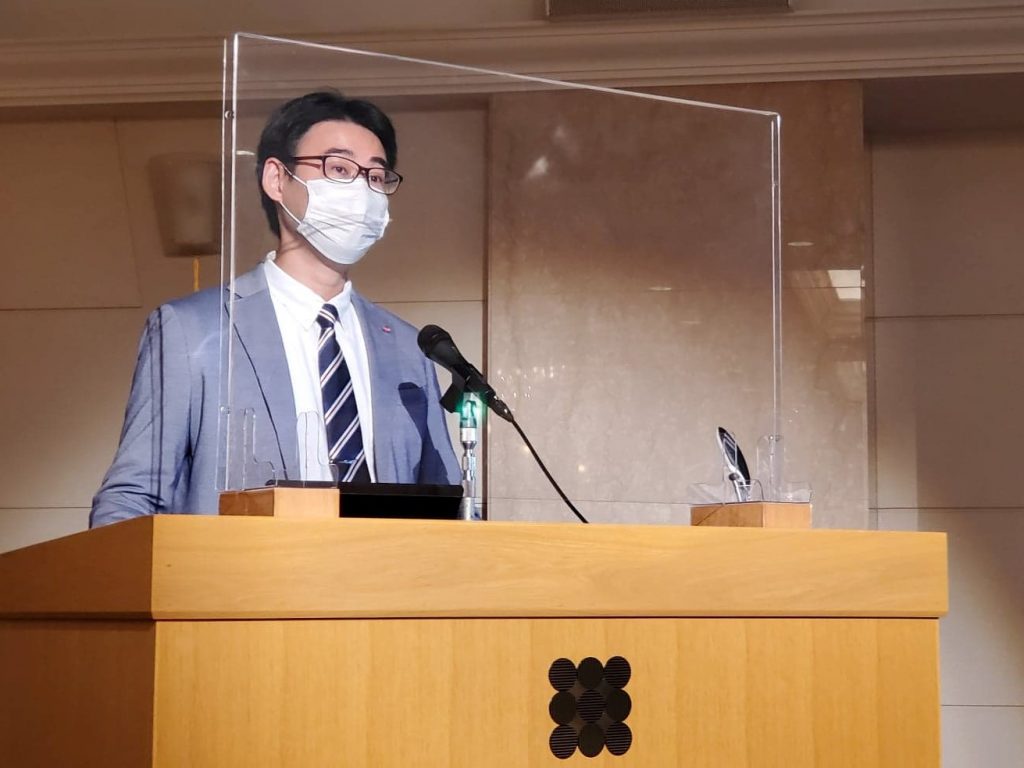
Bringing Norway Whale Meat to Japan
What sort of business did you conduct when you moved to sales?
I was given a wide range of duties, from handling orders, to sales and promotions for customers across the country. But just after I moved to my new position, I oversaw whale meat imports from Norway.
At the time, we were undergoing corporate reform, and a new executive temporarily joined the company to assist. He created a policy to unify whale meat imports at Kyodo Senpaku. My relationships with a Norwegian whale meat producer from my time at the Whaling Association was seen as something that would help make negotiations and business relations run more smoothly.
We didn’t reach an agreement with that producer, and ended up buying whale meat from another Norwegian manufacturer. But as part of my responsibilities, I embarked on modern whaling ships many times.
Over several years, I was able to steadily improve the quality of the product. Unfortunately, that executive left the company after the reform finished, and subsequently Kyodo Senpaku reverted to its old conservative culture.
As I observed this shift, I realized that, as things stood, Kyodo Senpaku — which should have been leading the whaling industry in Japan — was on the decline. I decided to quit the company, and afterward I received a direct call from Norway with a job offer to help create an independent route for importing whale meat into Japan. I immediately agreed and began working for the Norwegian company, and eventually we established Myklebust Japan.
The Very Useful Whale Meat Cooking Manual
At Myklebust Japan, are you the one who created booklets such as the Whale Meat Cooking Manual with recipes and instructions on how to handle whale meat?
Yes, I created that manual. The reason was because, no matter how loudly you proclaim that “whale meat is delicious!” it won’t lead to sales if people aren’t familiar with it and haven’t tried it.
For example, up until very recently, order forms for whale meat contained items described with specialist terms like “10 kilograms of unesu.” It assumed that customers were already familiar with whales. That made it nearly impossible to attract new customers.
I realized it was necessary to explain whale meat, starting with the very basics, for those who had no knowledge, so I began creating the manual. I focused particularly on introducing subjects that are useful from the point of view of restaurants and bars, such as tips on defrosting, along with recipes. I wanted to help them develop whale dishes for their menus, as the new items often attract younger customers. The rear cover of the booklet includes website information, so those who are interested can immediately place orders [for the meat].
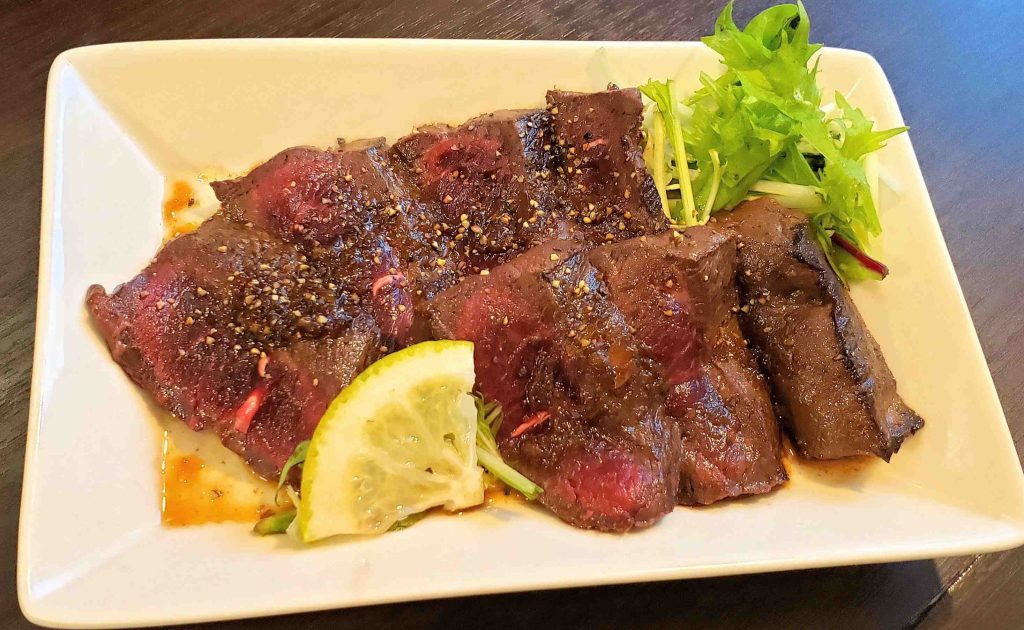
Japan’s Well-Developed Sustainable Food Culture
Collaborating to Create the ‘Whale Meat Cooking Manual’
Part of my inspiration for creating the manual came from the whale restaurant “Tokuya” in Osaka, which helped us with our recipes. That restaurant published an amazing book called Tokuya Secrets: A Whale Recipe Book or, in English, Mrs. Ohnishi’s Whale Cuisine. It’s full of beautiful pictures and even an essay by C. W. Nicol.
The recipes are presented in both English and Japanese. It is a marvelous book that spared no effort to educate readers about whales, and I had long hoped to one day create something similar.
Actually, the Tokuya recipe for broiled whale tongue, which is included in the manual, is my favorite whale dish. In Norway, only whale “red meat,” or flank, is consumed. In Japan, however, we eat everything, including the tongue, which demonstrates the extent to which a sustainable food culture has developed here. There are refined whale dishes with deep, exquisite flavors.
When we created the manual, I was deeply grateful that many famous whale cuisine restaurants across the country allowed us to publish their secret recipes. It is truly a product of the passion of everyone that was involved.
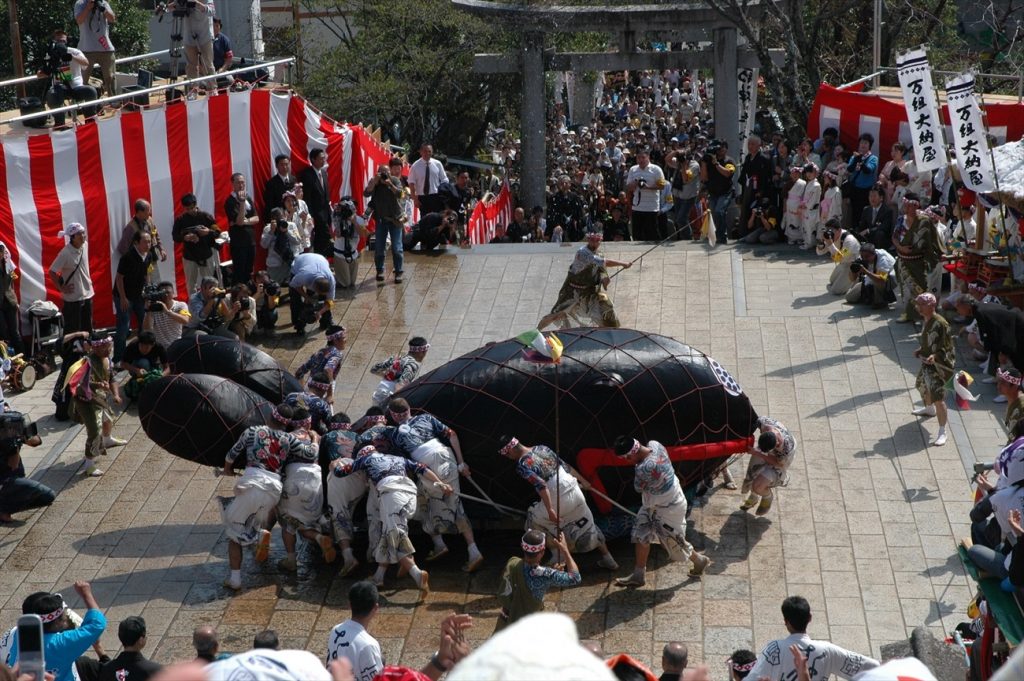
Whales Permeate Japanese Culture
Are there differences in how whale meat is consumed in Norway and Japan?
Yes. In Norway, they throw away all of the skin and other parts of the whale. Originally they hunted whales for oil, and as an industry they still take a very dry, business-like approach. Put another way, the main question is whether there is demand or not.
But, in Japan, whales are used in everything from the food culture to the puppets in traditional Bunraku theater, so they have an incredibly diverse and deep presence. There are traditional snacks made in the shape of whales, and some regions fly whale windsocks in the spring, instead of the traditional carp windsocks flown in most of the country.
The degree to which whales are part of peoples’ lives in Japan is very special, and I think the more you know about them, the more interesting they become.
No Reason to Abandon Whales as Food Choice
How do you feel about whales as a food resource?
I don’t think most people think of whales as a food resource. So I really want to communicate that they are a healthy and delicious food.
At the same time, I think it’s wrong to simply say, “We should eat whales because they are part of Japan’s food culture.” I don’t mean to deny those individuals who want to eat whales as part of the food culture, but saying we should necessarily eat them for that reason alone doesn’t seem right.
From the perspective of international supply chain problems, adding even a single additional sustainable food option for people is a positive choice, so there is no reason to abandon whales. For example, if everyone ate nothing but beef, it would put a huge strain on the environment.

Why We Can’t Allow Whales to Go Extinct
So, just like other animals, are whales an important source of sustenance?
That’s true. As human beings we receive the blessings of other living things. We’ve eaten countless numbers of chickens, pigs, and cows.
Whales are another living thing, but the blessings a single whale can provide are much greater. They are wild animals nurtured by the sea, and so there is no need to create other living things to feed them. Hunting whales is much better for the environment than raising livestock.
When we run out of food due to the exploding human population, whales will serve as a precious sustainable source of nourishment.
We must manage whale resources carefully, and we can’t allow them to go extinct. That is why Japan is conducting whale studies and rigorous research activities. I believe the path that Japan is pursuing is correct, toward a future where we can coexist with the rest of the planet.
For additional information about Hirohiko Shimizu, president of Myklebust Japan, see part one of the interview here.
Read the Kujira Town article in its original Japanese at this link.)
(This article is published in cooperation with the Institute of Cetacean Research in Japan. Let us hear your thoughts in our comments section.)
Author: Kujira Town

